Tasmania is an island situated 150 miles (241km) south of Australia, separated by the Bass Strait. The main island is approximately 225 miles (362km) long, though the state includes a further 334 smaller islands. As Australia’s most mountainous state, Tasmania is home to many peaks, the tallest of which is Mount Ossa (1615m/5300ft). Nicknamed the “Island of Inspiration”, the island has a largely unspoiled natural environment featuring dramatic coastlines, temperate rain forests, sparkling blue lakes, and rugged mountains. In fact, a significant 37% of the states land is set aside as preserved wilderness areas, national parks, and World Heritage sites.
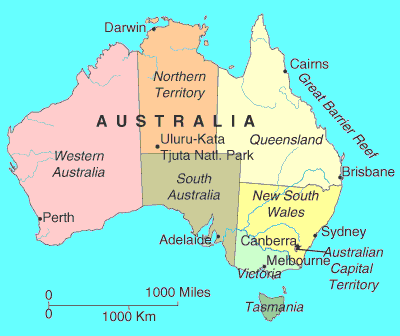
The History of Tasmania
The original Tasmanian settlers were Aboriginal people, cut-off from their kin on the mainland when, 12,000 years ago, sea levels rose as global glaciation eased. These people shared many similarities with the mainland Aborigines, though developed distinct differences both culturally and physically.
The Aborigines were hunter-gatherer types, who crafted their tools using only the materials readily available to them, such as wood, stone, seaweed and bark. They were environmentally conscious, moving from place to place to harvest seasonal food resources. Those residing on the coast relied heavily on fish as a staple part of their diet. Woman collected oysters, mussels, abalone and other shellfish, whilst men made bark canoes to harvest seals and mutton-birds during the warmer seasons.
By the time Europeans had arrived, there were 9 major ethnic Aboriginal groups. By 1803, when the British settled on the island, the population was approximated at between 5-10,000 people. Unfortunately, the next 30 years brought both infectious disease and war, which led to the population dwindling to a mere 300. The last full-blooded Aborigine, a lady named Truganini, died in 1876.
Interesting facts about Tasmania
The first European to discover Tasmania was Abel Tasman, a Dutch seafarer, merchant and explorer. On 24 November 1642, Tasman, commander of the ‘Heemskirk’ and ‘Zeehan’ ships, first laid eyes on the west coast of the island.
Upon discovering the island, he promptly named it ‘Van Diemen’s Land’ after Antony Van Diemen, the Governer-General of the Dutch East Indies Company, and the man who had sent him on his southern voyage.
This name remained in use until 1856, when the island was renamed Tasmania.
One of the islands nicknames is the ‘Apple Isle’, in reference to the many different apples it grows and harvests.
Tasman also discovered Tonga, New Zealand, Fiji and other Pacific islands on his travels. Surprisingly though, he didn’t discover mainland Australia until his second trip.
Tasmania is similar in size to the Republic of Ireland, with an area of 26,177 sq. mi (67,800 sq. km), meaning that its land mass is equal to less than 1% of mainland Australia.
The Tasmanian state motto is ‘Ubertas et Fidelitas’, which means, ‘Fertility and Faithfulness’.
You may have heard of the ‘Tasmanian Devil’ cartoon, but did you know that they actually exist in real life? They are small, rat-like creatures, with sharp teeth and coarse dark fur. Early European settlers referred to them purely as ‘The Devil’ due to their horrifying screeches and renowned bad tempers.
The most famous extinct Tasmanian animal is the Tasmanian Tiger. Featuring short brown hair and dark brown stripes, Tasmanian Tigers measured approximately 6ft (1.82m) from nose to tail, weighing up to 30 kilograms. Officially declared extinct in 1986, the last known tiger died at Hobart Zoo in 1936.


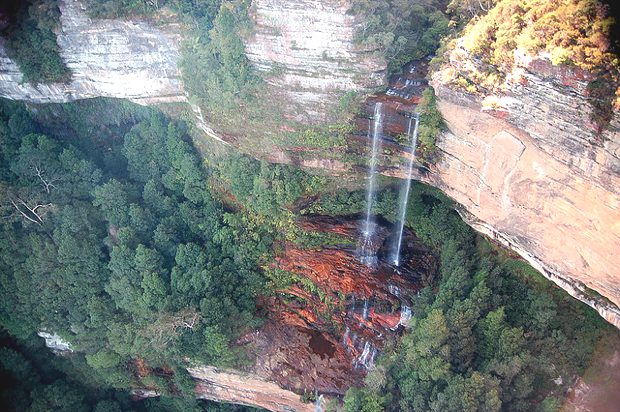

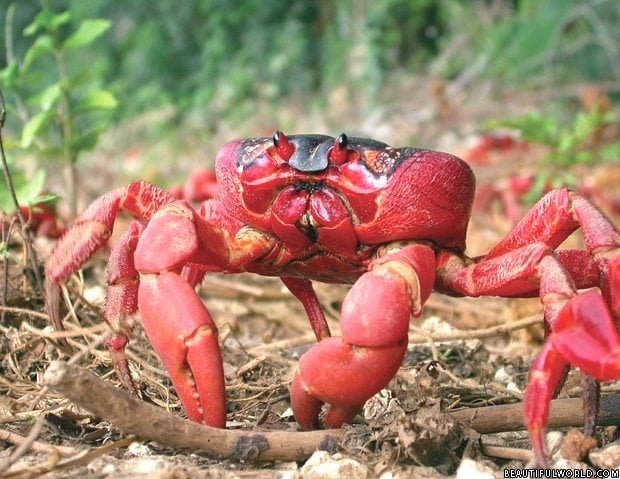
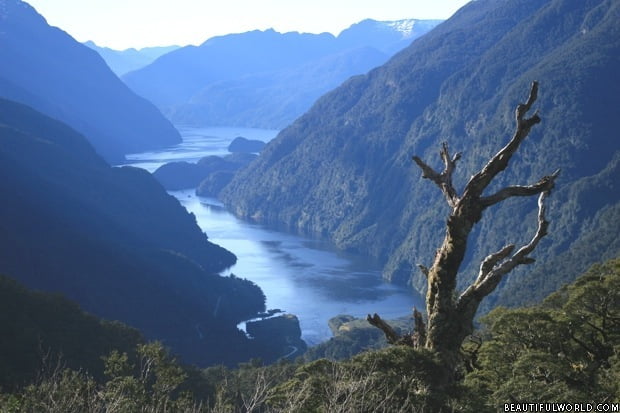
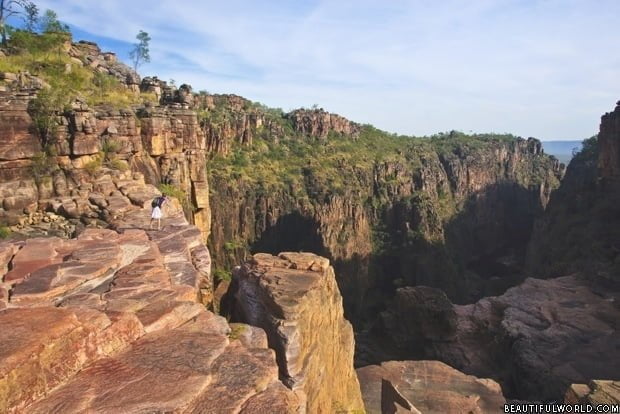

Are there car ferries between Australia and Tasmania?
No there is an ocean between them
Yes there is the Spirit of Tasmania Ferry which travels between Melbourne and Davenport in Tasmania with approx. 2 sailings (one day and one night) per day.
HI Diane, can i get you email? i am travelling to Tasmania this July and thinking to take Spirit of Tasmania Ferry to reach Launcheston campus of UTAS. I am wondering exact time and cost. Thank You
The 30 years did not bring infectious diseases and war…the settlers did. The population wipe out was due to cruel genocide by criminals dumped on the island from the mainland. Please let us tell correct histories. Knowing what truly happened is humbling to future generations and breeds respect for humanity beyond our personal self serving gratification in present spatial occupations.